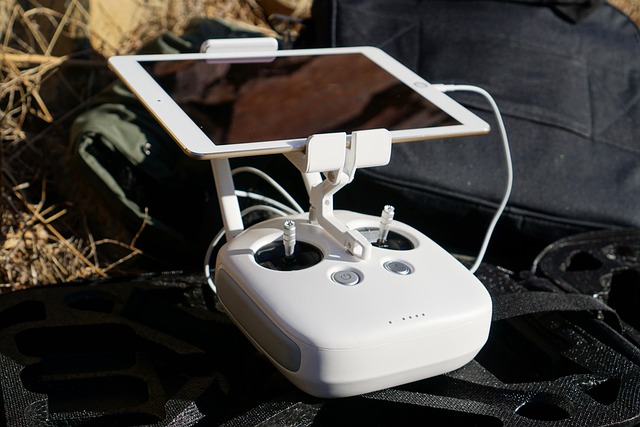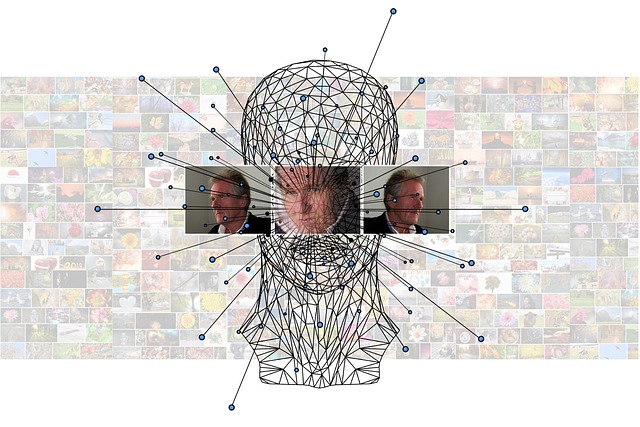The rise of intelligent applications has shifted the way enterprises approach robotics and automation. By weaving sophisticated machine‑learning models into the fabric of robotic systems, businesses can now achieve higher precision, faster decision‑making, and adaptive behaviors that were once the domain of human operators. This convergence of software intelligence and mechanical execution creates a new paradigm: robots that not only perform tasks but also learn, optimize, and collaborate in real time.
From Reactive Machines to Autonomous Partners
Traditional industrial robots were programmed to execute a fixed sequence of motions. Their intelligence was limited to pre‑defined logic and safety interlocks. Intelligent applications, however, imbue robots with perception, planning, and self‑adaptation. Using sensors, computer vision, and deep neural networks, a robotic arm can detect a misaligned component, re‑plan its path, and adjust force parameters on the fly. The result is a system that behaves more like a human collaborator than a rigid machine.
- Perception through cameras and lidar.
- Real‑time decision trees powered by reinforcement learning.
- Feedback loops that refine models after each cycle.
Edge Computing: The Backbone of Rapid Response
Intelligent applications rely on continuous data streams, and latency can be the difference between flawless execution and costly downtime. Edge computing places processing power close to the robot, reducing round‑trip time for sensor data. This architecture allows autonomous systems to evaluate scenarios locally, make split‑second decisions, and send only summarized insights to central servers for long‑term learning. The synergy of edge intelligence and cloud analytics gives businesses a flexible, scalable framework for robotic automation.
“By processing data at the edge, robots become truly responsive, cutting latency from milliseconds to microseconds.” — Industry Analyst
Business Automation Through Intelligent Robotics
Automated workflows in logistics, manufacturing, and service sectors have long promised efficiency gains. Intelligent applications enhance this promise by introducing context awareness and decision autonomy. For example, in a warehouse, a mobile robot equipped with AI can assess shelf load, predict picking bottlenecks, and reroute itself to balance traffic. In a production line, a collaborative robot can detect a material defect, pause the line, and trigger a quality‑control protocol—all without human intervention.
Case Study: Adaptive Assembly Lines
Consider an automotive plant that recently integrated intelligent applications into its assembly line. Each robot arm is fitted with a suite of cameras and force sensors. A central AI platform aggregates sensor data and trains a model to recognize variations in component tolerances. Whenever a new part is introduced, the model instantly adjusts the robot’s motion parameters to accommodate the change, eliminating re‑tooling costs and reducing cycle time by 18%. The result is a flexible, resilient production floor that can switch between models with minimal downtime.
- Sensor data ingestion → 15 ms latency.
- Model inference (CNN + RNN) → 10 ms per arm.
- Real‑time parameter adjustment → 5 ms.
Human‑Robot Collaboration: A Symbiotic Relationship
Intelligent applications also foster safer human‑robot interactions. By constantly analyzing body posture, gesture, and intent, collaborative robots can anticipate human movements and adjust their speed or force accordingly. Predictive models can flag potential collision points and issue warnings before an incident occurs. This proactive safety layer encourages workers to leverage robotic assistance rather than fear it, leading to higher productivity and job satisfaction.
- Predictive collision detection using trajectory forecasting.
- Adaptive speed modulation based on proximity sensors.
- Real‑time risk assessment dashboards for supervisors.
Ethical Considerations and Workforce Transition
While intelligent applications unlock remarkable efficiencies, they also raise ethical questions about job displacement and data privacy. Companies must invest in reskilling programs that enable employees to transition into roles such as robot supervision, data annotation, and algorithm monitoring. Transparent communication about how AI decisions are made—through explainable AI frameworks—can mitigate mistrust and ensure compliance with emerging regulations.
Scalability and Integration Challenges
Adopting intelligent robotics on a large scale is not without hurdles. Interoperability between legacy PLCs, modern industrial protocols (OPC UA, ROS 2), and AI frameworks requires careful architecture design. Moreover, the volume of sensor data can overwhelm traditional networking infrastructure, necessitating upgrades to 5G or fiber‑optic links. Finally, the cost of deploying edge GPUs and maintaining continuous model training cycles must be factored into ROI calculations.
- Hybrid cloud‑edge solutions for distributed workloads.
- Unified data schema to reconcile sensor formats.
- Automated data pipelines for retraining and versioning.
Future Outlook: Autonomous Fleets and Digital Twins
Looking ahead, intelligent applications are expected to drive the emergence of autonomous robotic fleets that operate without central orchestration. Coupled with digital twin technology—real‑time simulations that mirror physical assets—businesses can test new strategies, predict maintenance needs, and optimize throughput in a virtual environment before deploying changes in the real world. The integration of these technologies heralds a new era of continuous, data‑driven improvement.
Conclusion: The Strategic Edge of Intelligent Robotics
Intelligent applications are transforming robotics from a set of mechanical tools into dynamic, learning systems that can autonomously navigate complex business environments. Their ability to process sensory input, make informed decisions, and adapt to new conditions gives enterprises a competitive advantage across manufacturing, logistics, and service sectors. By addressing integration challenges, fostering ethical practices, and investing in workforce development, companies can fully realize the benefits of this technology and secure a resilient, future‑proof operational model.




